All antifoaming agents added to foam made of an aqueous solution contain, or form after addition, hydrophobic particles, generally emulsion droplets. Mechanisms by which these particles can cause rupture of a film are illustrated in fig. 7.14. These mechanisms will be discussed below, though not in detail. It goes without saying that film rupture causes coalescence of bubbles, hence eventual destruction of the foam.
Foams are produced in the production processes of many industries, for example, soap manufacture, sugar processing, and the treatment process of starch wastewater. Foam causes a lot of problems for industrial production; therefore, the prevention of foaming or the destruction of existing foams is often a matter of practical importance. Foam inhibitors and antifoaming agents act against the various factors that promote foam stability (described earlier), thus eliminating foams.
Foam inhibitors are, in general, materials that tend to be adsorbed in preference to the foaming agent, yet do not have the requirements to form stable foam. They may be effective by virtue of rapid adsorption; for example, the addition of tributyl phosphate to aqueous sodium oleate solutions significantly reduce the time required to reach equilibrium surface tension, thus lessening the Marangoni surface elasticity effect and the foam stability. They may also act, for example, by reducing electric double layer repulsion or by facilitating drainage by reducing hydrogen bonding between the surface film and the underlying solution.
Foam can often be broken by spraying with small quantities of substances such as ether and n-octanol. As a result of their high surface activity, these foam breakers raise the surface pressure over small regions of the liquid films and spread from these regions displacing the foaming agent and carrying with them some of the underlying liquid. Small regions of film are, therefore, thinned and left without the properties to resist rupture.
In summary, antifoaming agents can reduce the surface viscosity of film, enhance the velocity of drainage, and raise the velocity of diffusion of gas, thus making the stability characteristic disappear.
In addition to antifoaming agents, changing pH value, adding chemicals to react with the foaming agent, and salting out can destroy foam. Some physical methods are also applied to remove foam such as temperature change, evaporation, freezing, sharp pressure change, centrifugal separation, ultrasonic wave, and filtration. Although there are lots of methods to remove foams, the destruction of foam in wastewater treatment is still quite a difficult task and should be investigated further.
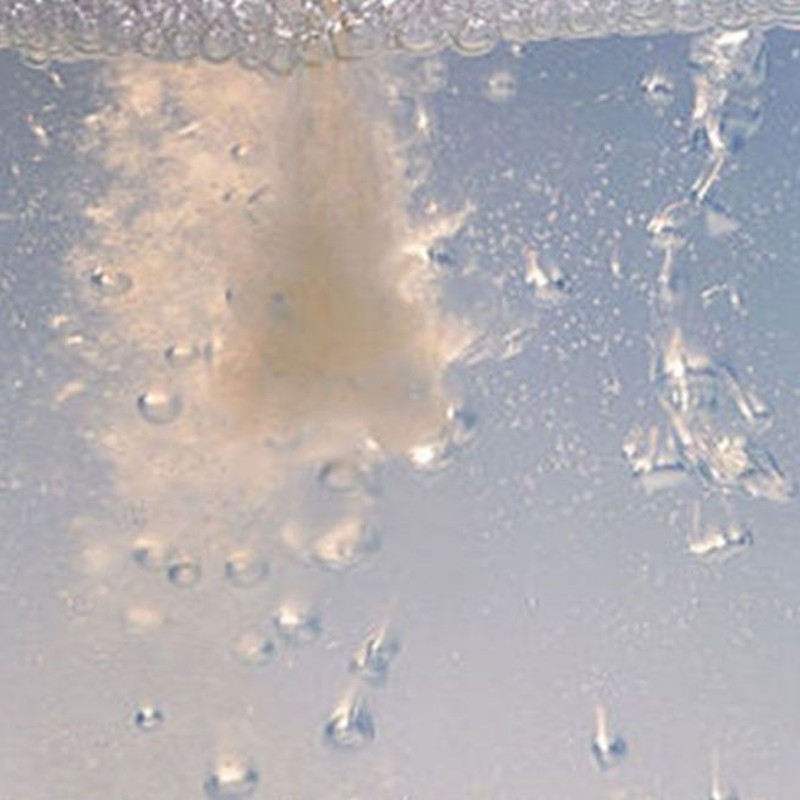


 Health & Beauty
Health & Beauty


.png) Art & Painting
Art & Painting Hot Deals
Hot Deals
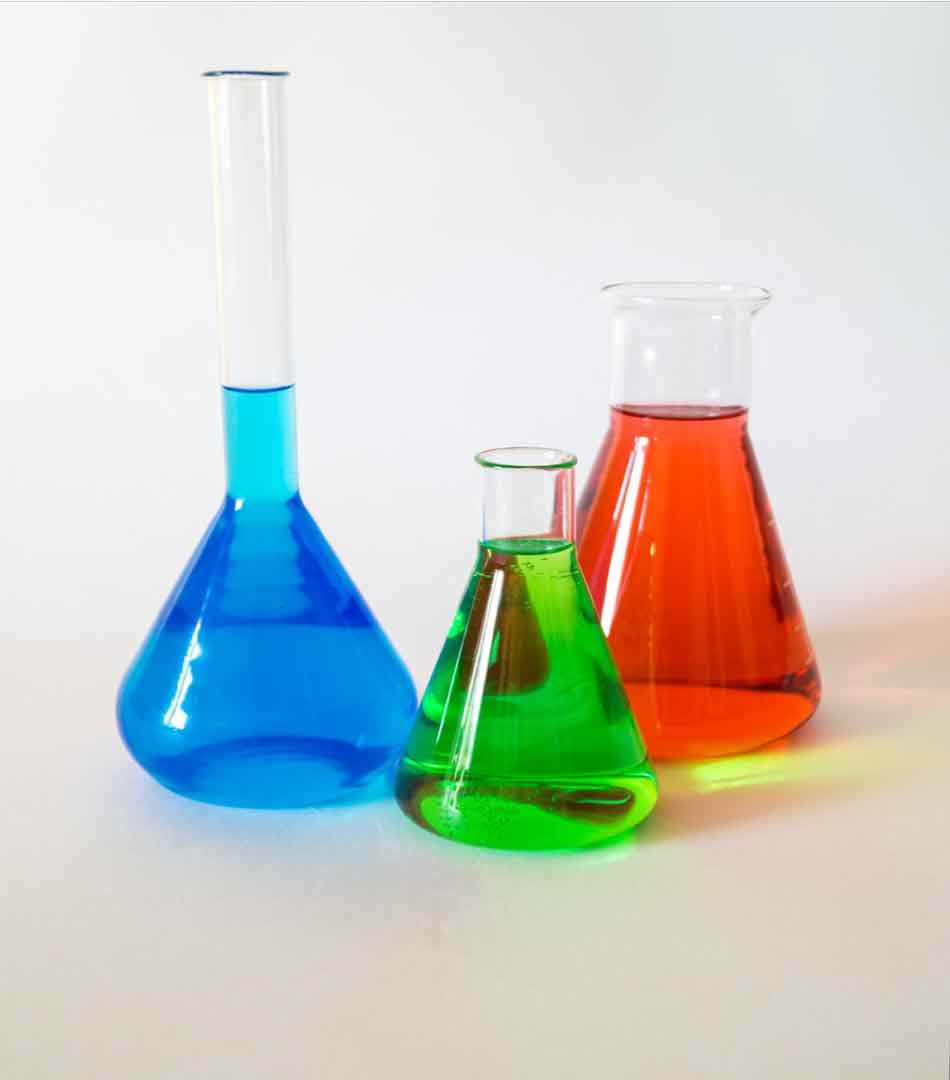
.png)


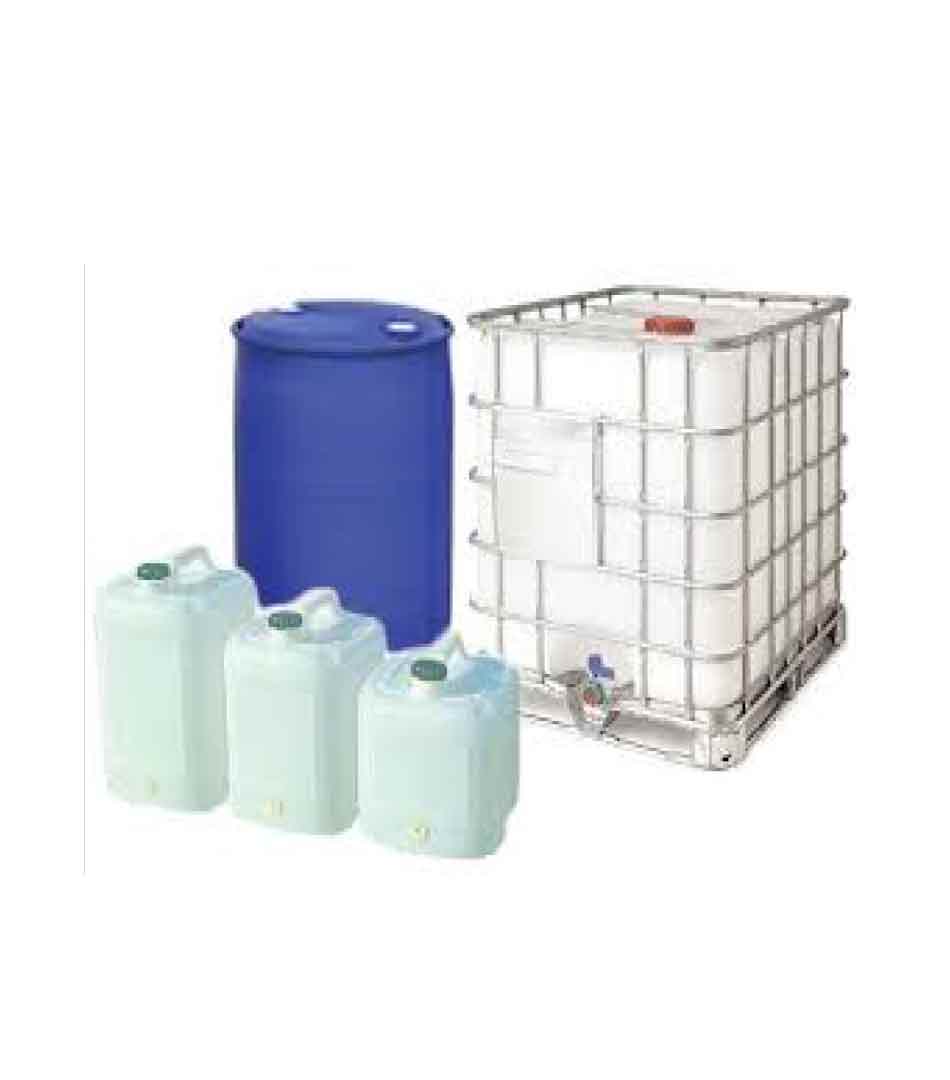
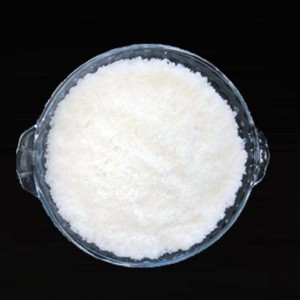

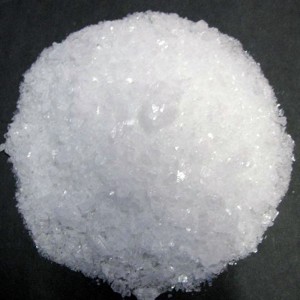
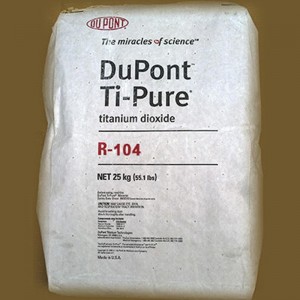

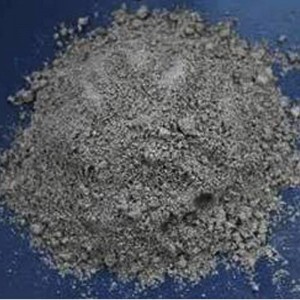
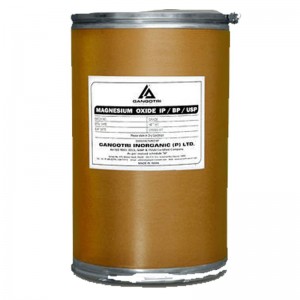


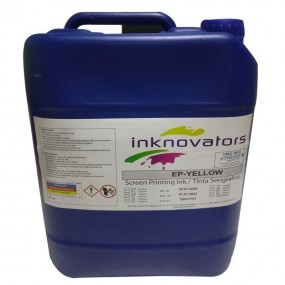

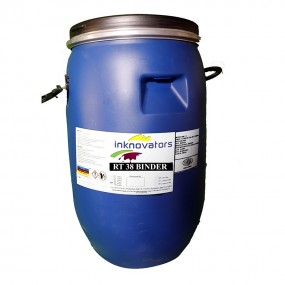

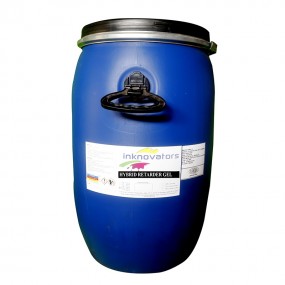

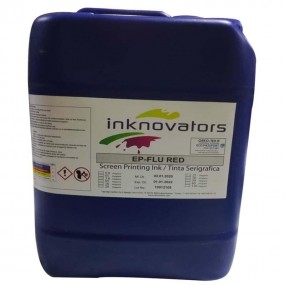

Login To Comment